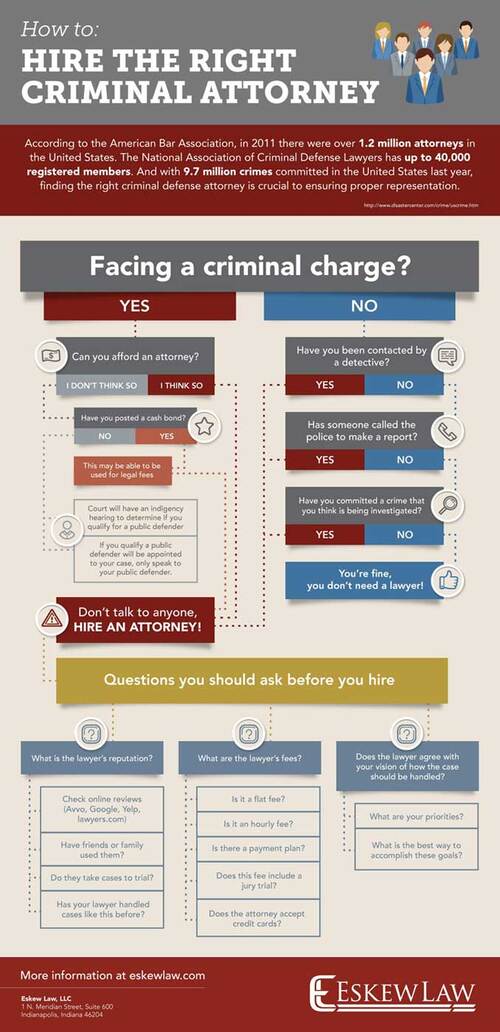Comprehending The Refine: A Normal Divorce Case Timeline
Comprehending The Refine: A Normal Divorce Case Timeline
Blog Article
Authored By-Ravn MacKinnon
As you start the trip of browsing a divorce instance, you may find yourself wondering about the timeline that lies in advance. From the initial stages of filing files to the intricacies of negotiation and the capacity for a test, each step holds its own set of obstacles and unpredictabilities. Understanding the series of occasions can aid you plan for what's to come and anticipate the weaves that might emerge along the road.
First Filing and Solution of Papers
When starting the separation procedure, the primary step is the first declaring of the necessary papers with the court. This action formally starts the lawful treatment and sets the separation case in motion. You need to send forms that detail the premises for divorce, assets, responsibilities, earnings, expenditures, and any other relevant info needed by the court.
After submitting these records, copies must be served to your spouse, educating them of the divorce process. This solution can be done with a process server, sheriff's office, or licensed mail, making certain that your partner is officially notified of the separation case versus them.
Once the files are filed and served, the court will offer a situation number and assign a judge to supervise the situation. It's essential to precisely finish and submit these documents, as any kind of errors or omissions can delay the divorce procedure.
This first action lays the structure for the legal dissolution of your marriage, marking the beginning of a possibly difficult however required process.
Exploration and Settlement Phase
During the Exploration and Negotiation Phase of a separation case, both parties participate in collecting information and exchanging appropriate papers to much better recognize each other's financial situations and other essential information. find out here now is important as it sets the foundation for negotiations and possible negotiation agreements. Through methods such as interrogatories, requests for production of documents, and depositions, each party aims to discover realities, possessions, debts, and other important information that might impact the case's outcome.
Arrangements during this stage frequently entail conversations on different problems like property department, youngster guardianship, visitation timetables, and financial backing. Both events might collaborate with their attorneys to check out settlement alternatives, possibly staying clear of the need for a trial.
Arbitration or collaborative law processes may also be made use of to help with efficient conversations and reach equally acceptable arrangements. It's vital to approach this phase with transparency, honesty, and a willingness to endanger to accomplish a smoother resolution and lessen the psychological and economic toll of a lengthy court battle.
Trial and Final Resolution
Moving on from the Exploration and Arrangement Phase, the Trial and Last Resolution phase notes the culmination of your separation instance. This stage is where unresolved issues are brought before a judge to make decisions on matters like property department, kid wardship, and support. The test generally entails providing proof, witness statements, and legal debates to sustain your case.
During the trial, both celebrations will have the opportunity to offer their positions and counterarguments. It's crucial to be prepared, as the court's decision will significantly influence the final outcome of your divorce.
Adhering to the test, the judge will provide a final judgment that describes the terms of the divorce, consisting of any type of economic negotiations and custodianship arrangements.
When the judgment is issued, the divorce is settled, and both celebrations are legitimately bound by its terms. While https://telegra.ph/Primary-Factors-To-Consult-A-Separation-Attorney-Protecting-Your-Rights-And-Rate-Of-Interests-02-13-2 can be stressful and psychological, it's an essential step in the direction of reaching a last resolution and moving on with your life post-divorce.
Conclusion
Finally, navigating a divorce instance includes a collection of steps from filing first records to getting to a last resolution. Comprehending the timeline of occasions can assist you prepare for what to expect throughout the process. By being proactive, seeking legal advice, and remaining educated, you can browse the intricacies of separation process with self-confidence and quality.
